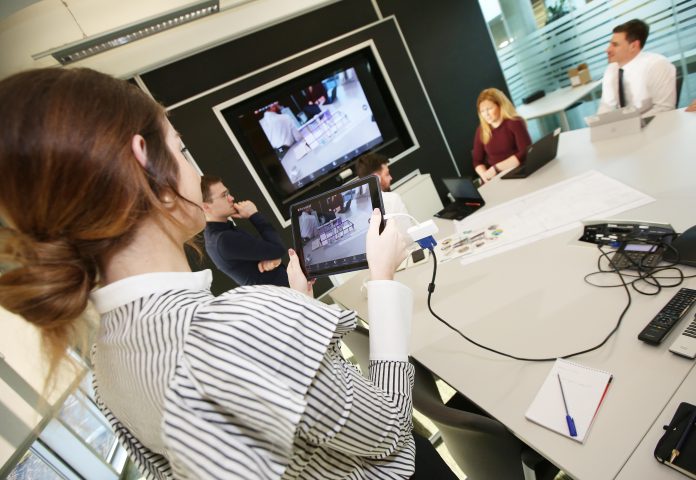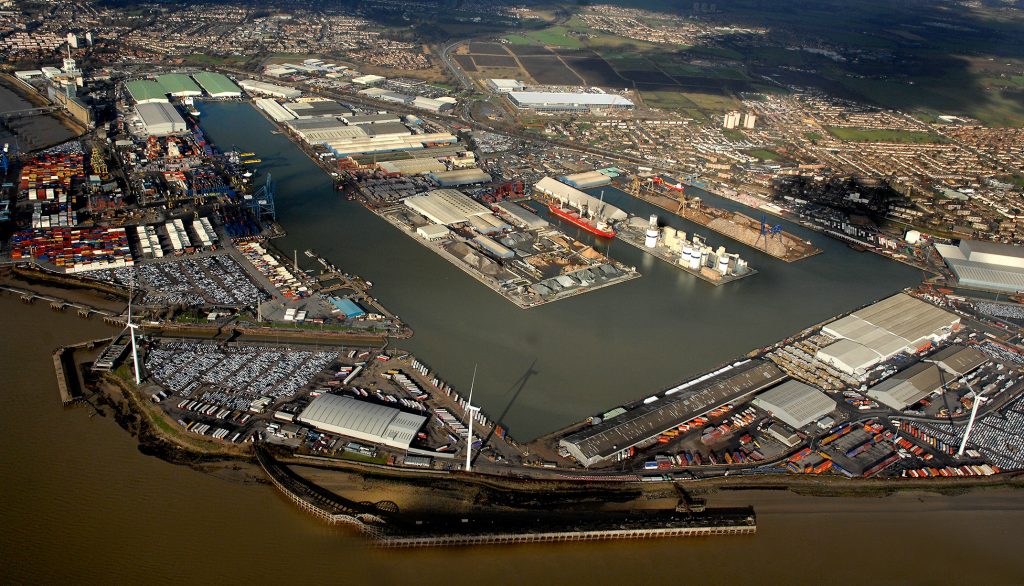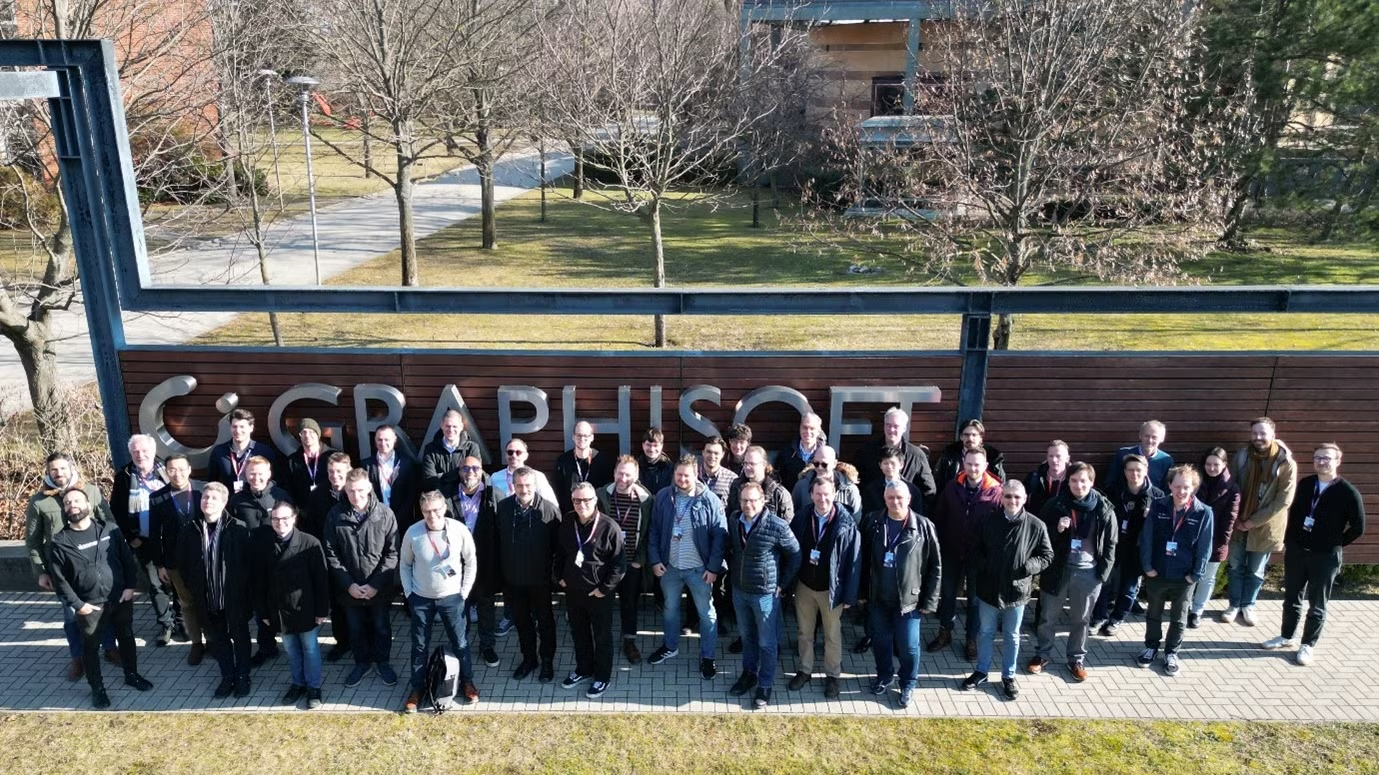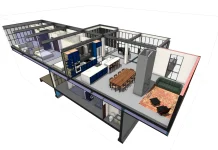The construction industry has been going through a digital transformation ever since the introduction of BIM, and its benefits are plain to see. Here, Melanie Dawson, director of digital construction at GRAHAM, looks at how BIM and other technologies have shaped the industry
Nearly every sector has entered, or is about to enter, its very own digital revolution. For instance, the healthcare industry is using artificial intelligence to improve patient care while manufacturers are fully embracing Industry 4.0 to improve connectivity across the sector.
Construction is no different. Some have accused the sector of lagging behind other industries when it comes to digital adoption, but construction arguably entered its digital revolution in 2011 when the government released its Construction Strategy. The document outlined how all public sector projects would be required to use BIM Level 2 from 2016 onwards.
The government’s latest industrial strategy – Construction 2025 – also identifies BIM as a key driver in placing Britain at the forefront of the global construction industry.
How software helps introduce technologies into construction
Use of the software has helped introduce a range of different technologies into construction. For example, Virtual Reality (VR) and Augmented Reality (AR) are now allowing contractors to create simulated environments for stakeholders, letting them experience projects in a whole new dimension. AR and VR are also more regularly being implemented in the bid process of a project, enabling perspective clients to view and interrogate plans from the beginning, offering an altogether more interactive experience.
Meanwhile, geospatial technology, such as laser scanning and drone technology, are being used to create visualisations that can be then used offsite to take accurate measurements and track progress. These technologies really come to the fore in large projects, where tracking progress, managing stakeholders and keeping abreast of lengthy supply chains can prove difficult.
Liverpool City Centre Connectivity scheme
The Liverpool City Centre Connectivity scheme, a multi-million pound programme to radically transform Liverpool’s city centre to make walking and cycling the easiest journey choice for residents, presented these same challenges.
To keep various stakeholders updated on the project’s progress, GRAHAM took a digital-first approach from the outset. A 360-degree camera was employed to capture images of key project areas including Victoria Street and Brownlow Hill. This gave stakeholders easy access to these images and streamlined how the development of the new city-centre bus hub progressed.
A drone was also used to capture data on the existing infrastructure through photogrammetry, which was then used to create a point cloud. This provided the basis for the creation of a 3D model in BIM.
Working with BIM 360 Field allowed the project team to benefit from on-site data management capabilities, which helped streamline workflows and drive efficiencies. The technology allowed site workers to update checklists for quality assurance and quality control remotely and in real time. Site diaries were also created, where activity and work logs could be remotely updated in real time, ensuring an accurate and timely picture of project progress at all stages.
BIM software on Tilbury2
Incorporating these technologies with BIM software means stakeholders are kept abreast of progress and less time is spent on administrative tasks. At Tilbury2, a multi-million pound project on the former Tilbury Power Station to create the UK’s largest unaccompanied freight ferry port, QR codes were used for the same reasons.
To improve workflows, QR codes were introduced for project teams. By scanning a bar code, project teams could input relevant information specific to that area of the project, streamlining workflows and radically reducing the time spent verifying information. Utilising BIM 360 Field also allowed supply chains and the client to stay connected with progress.
BIM paves the way for new technologies
BIM has truly paved the way for new technologies to be introduced in the construction industry. Despite challenging beginnings, more in the sector are embracing BIM and digital, and the new capabilities they offer.
In the Construction 2025 strategy, government set out its vision for an industry that’s efficient and technologically advanced, and the path that has been created means the sector is well on its way to achieving this. While the sector may have entered its digital transformation in 2011, eight years on we’re still seeing a wealth of exciting new innovations come to the fore.
Director of Digital Construction
GRAHAM Construction
Twitter: @GRAHAMGroupUK
LinkedIn: Graham Group UK
YouTube: GRAHAM Group

















Great article – and I would argue that the value of reality capture tools such as 3D scanning goes beyond what you’ve said here. RC is great for measurements and tracking progress as you’ve said, but it’s also a great tool for capturing as-built conditions during the planning stages of a project. With the right software, RC tools can even turn as-built conditions into BIM objects that can be integrated into digital construction workflows.